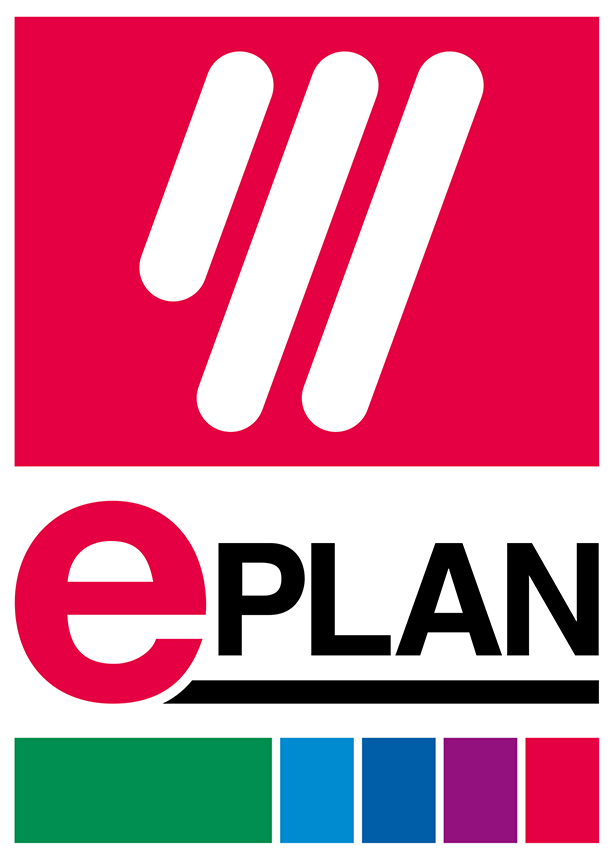Customer expectations are changing. It is one of the payoffs of living in a connected society. Since the introduction of the iPhone, we have discovered the ability to engage with others in real time whenever we want. The impact of that can be seen on a personal level whenever we go into a public space and see upwards of 80% of the people around us on their smartphones. Whatever your viewpoint of this engagement, it is a new world that is effecting all of us as individuals and increasingly, as professionals as well.
Your current and potential customers are living through this also, and it is changing the dynamics of the working relationship they have with their vendors. Expectations of engagement with suppliers have intensified. Technology that feeds this engagement is becoming more refined and sophisticated.
The Industrial Internet of Things (IIoT) and its drive to connect all aspects of the design process digitally is creating remarkable opportunities for new engagement both within the design and manufacturing process, and with the customer. The former means more efficient output and cost savings and the latter creates a more effective customer service experience.
IIoT allows the various engineering disciplines utilized in design and production to better connect to the manufacturing workflow. By having engineering digitally connected to planning, purchasing, manufacturing and logistics, data distribution is shared, in real time, with fewer opportunities for errors and with easier changes. The collaborative nature of this connectivity enhances all aspects of production.
SEE ALSO: EFFICIENT MANUFACTURING - COLLABORATION BETWEEN DEPARMENTS
Legacy CAD tools typically require manual entry of data, cross-referencing and error-checking by the design engineer every time a new design is created. With the inevitable customer-requested modifications, this can be very time-consuming, low value work. Just changing a motor size or contactor could change the power distribution, safety contactor, I/O, panel layout or parts list. With CAE software that takes advantage of IIoT, data exchange is not only instantaneous, but, with an EPLAN system in place, manufacturers have access to components and structures designed, tested and certified by component manufacturers in advance viia EPLAN's data portal.
EPLAN’s Pro Panel is a good example of how this IIoT connectivity can dramatically improve processes. EPLAN Pro Panel offers perfect consistency and optimum configuration support as well as top-notch production integration. For shorter throughput times, continuous reduction of costs and improved quality.
Design virtualization is another benefit. Pro Panel brings customized configuration to 3D prototyping. Having a 3D model to work within, that includes device information based on manufacturer specifications, creates a virtual environment that not only lets you visualize the product design, but allows you to align components and position them as needed. It also allows you to share this design between departments and to your customer, so that changes can be made before actual production begins.
There are many more benefits that advanced CAE software like EPLAN’s Pro Panel can bring to your manufacturing process. Download our eBook, "The Top 5 Benefits of Modernizing Control Panel Design," to learn how this next generation software can harness the power of IIoT and make your manufacturing more efficient and lead to better customer procurement and retention.






